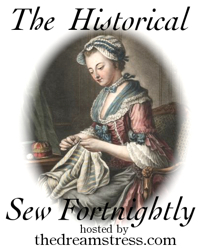Check out my stripe matching - I'm super pleased with it, and it was achieved through marking the stitching lines with chalk then with thread, then basting everything before stitching it. There was a LOT of hand sewing in the course, and I actually learnt how to use a thimble properly!
Notice in the second picture that the bustle is actually narrower than I am - this is a feature of the second bustle period. Useful because it means that bustles at this time are one-size-fits-all. The first bustle period is a different shape, adding width to the body as well as sticking out at the back. I'd never noticed the difference before, but after Luca (the teacher on this course) took us through Harper's Bazarre pointing out the feature of each period it's super obvious. And a really good lesson in the importance of primary sources - after looking at the fashion plates of the time we looked at pictures of extant garments in books, and with out new knowledge of trends over time it was obvious that some of them had actually been mislabelled.
Below you can see me wearing the bustle along with the rest of my victorian underwear (which I now need to remake to be more historically accurate, and of course to fit my post baby body!) It's interesting to see how the weight of the petticoat affects the shape of the bustle - in the pictures without it actually sticks up slightly.
Hopefully my remade underwear will be done using some of the principles I learnt on the course - using primary sources to identify the correct shapes and draft the pattern, and studying the construction of antique pieces to find the correct techniques to use. More on that later.
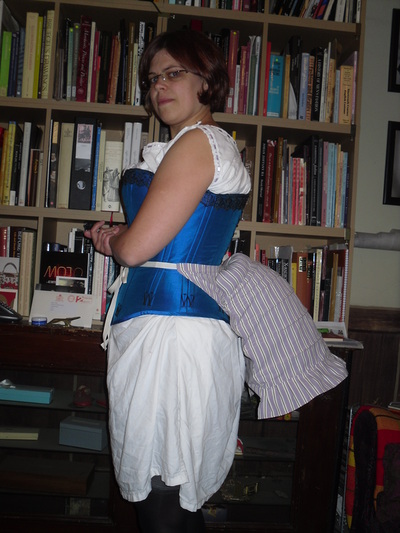
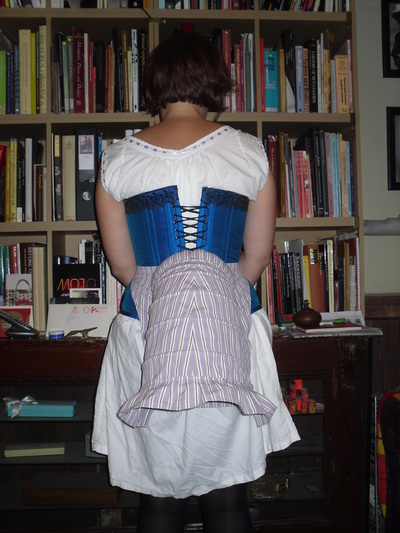
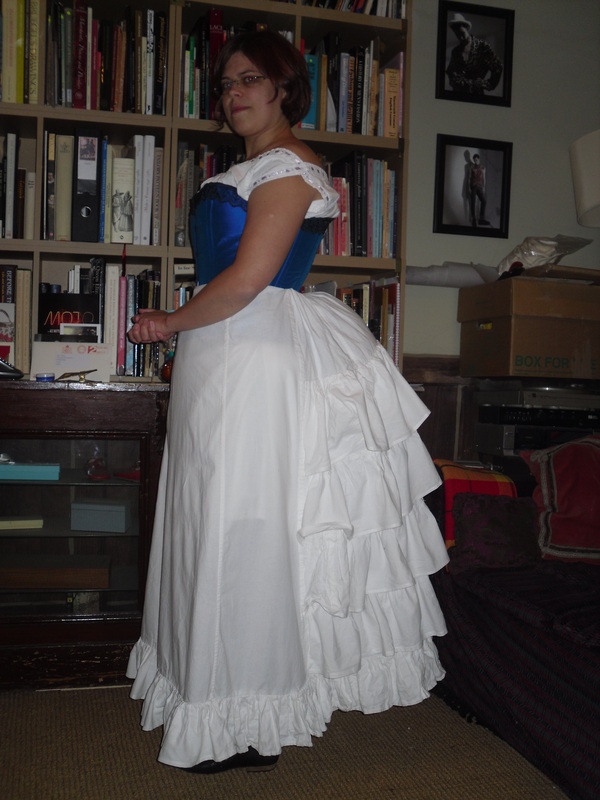
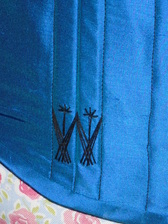
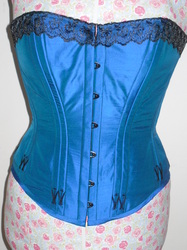
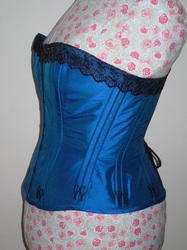
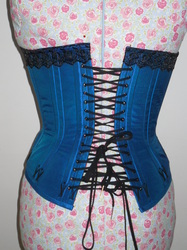
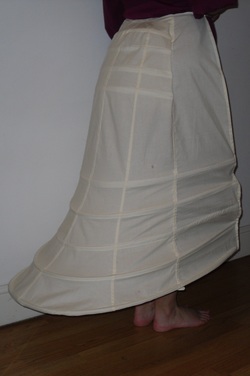
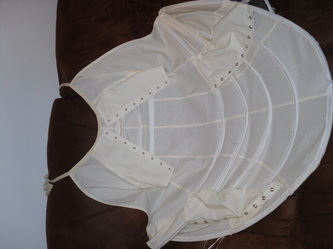
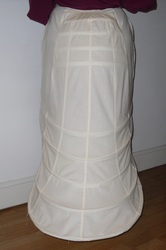
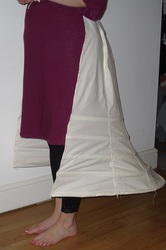
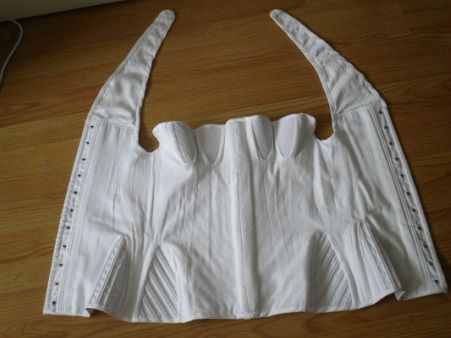
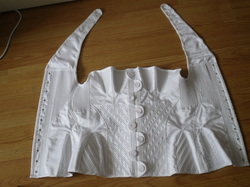
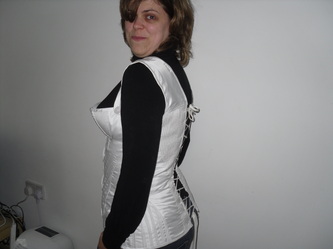
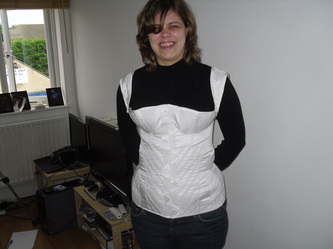

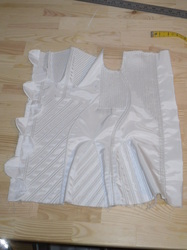
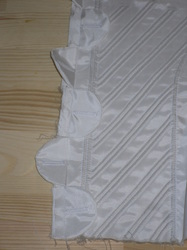

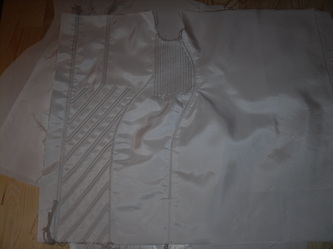
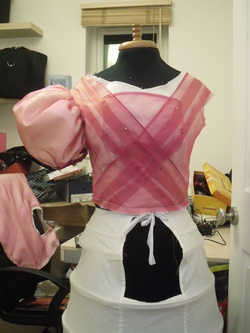
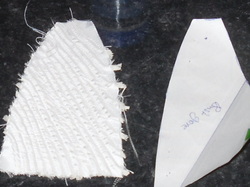
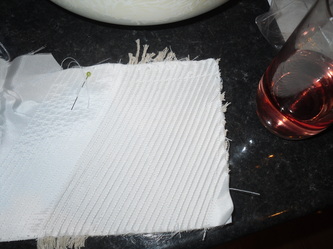
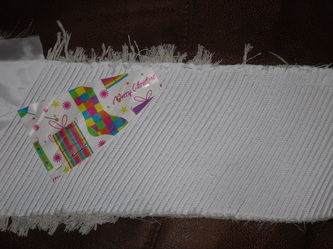
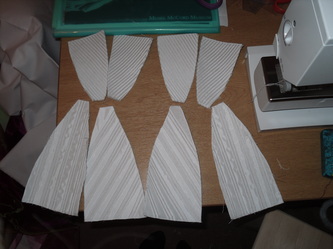

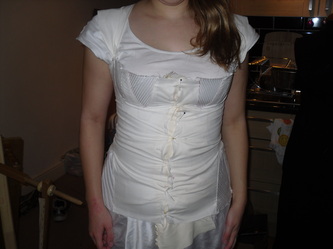
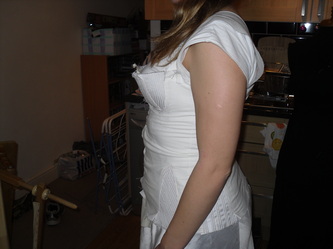
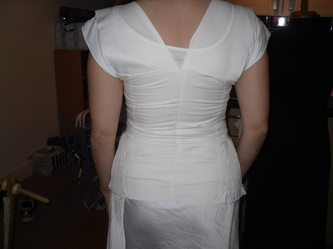
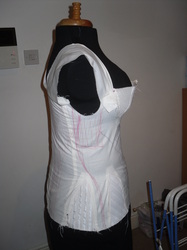
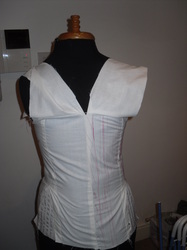
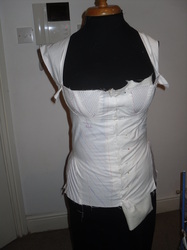
 RSS Feed
RSS Feed
